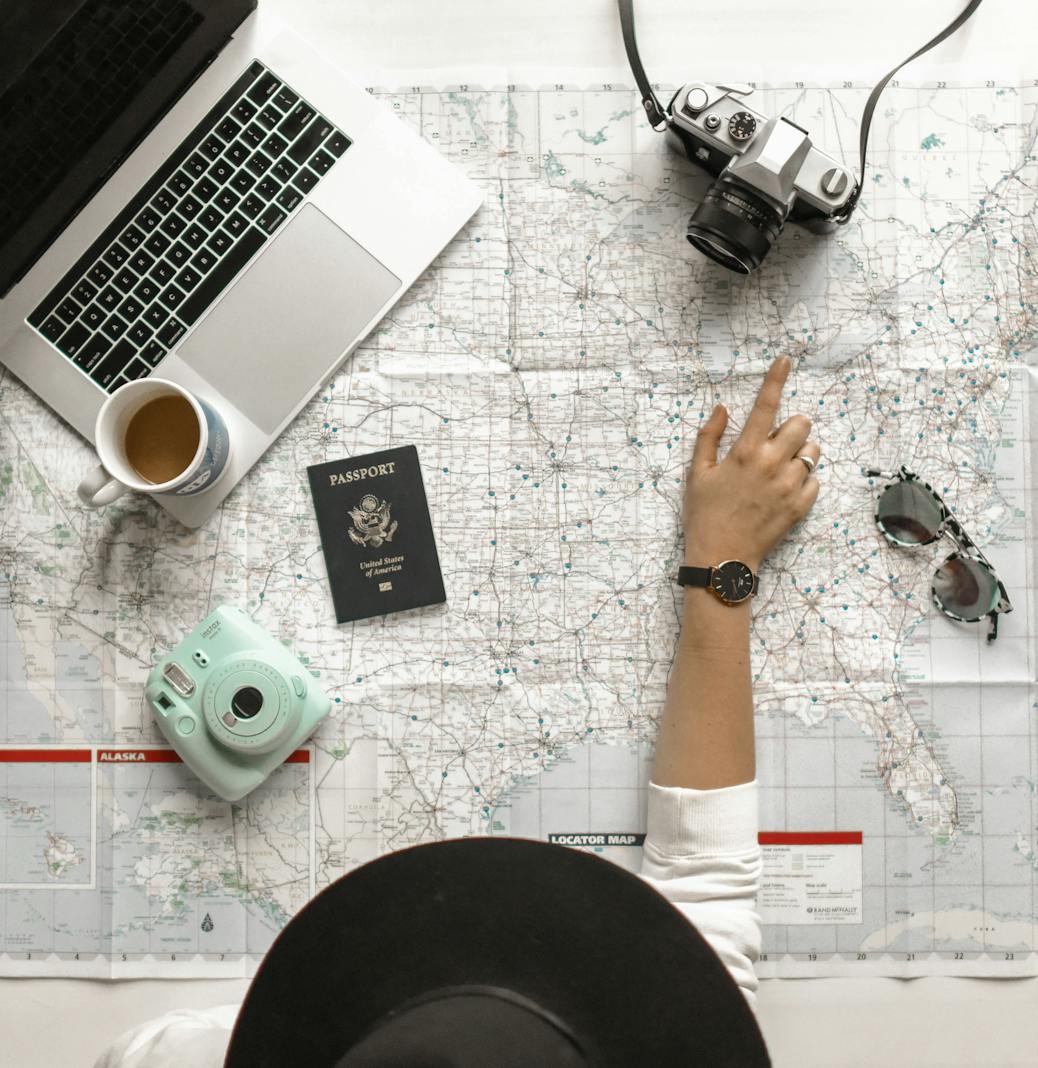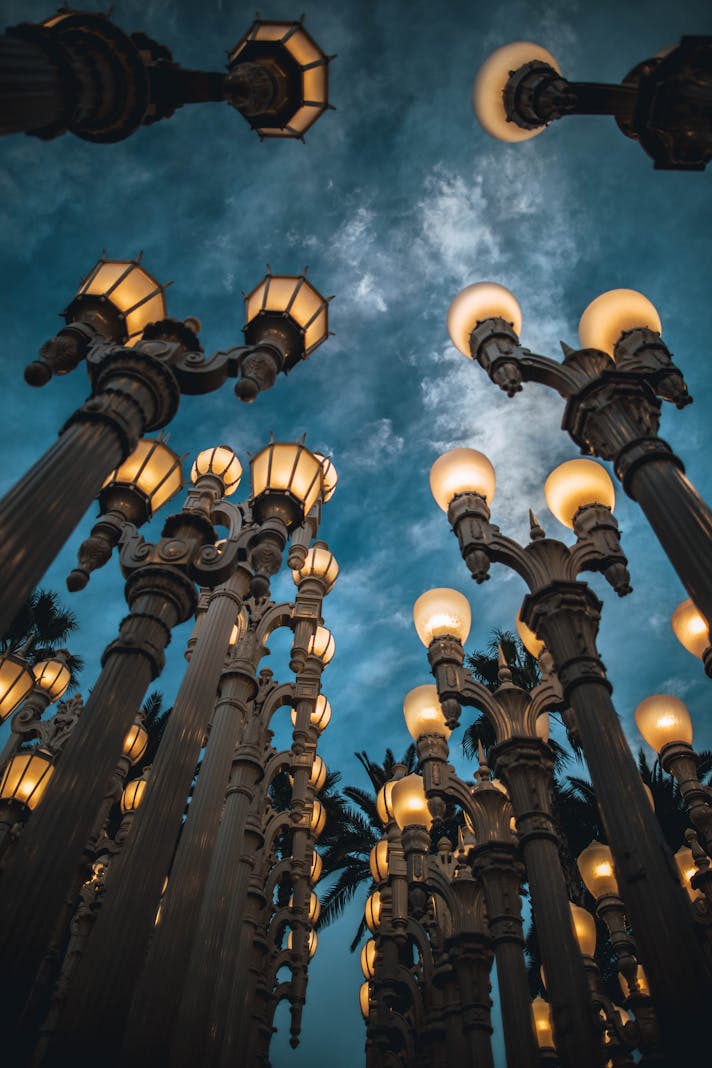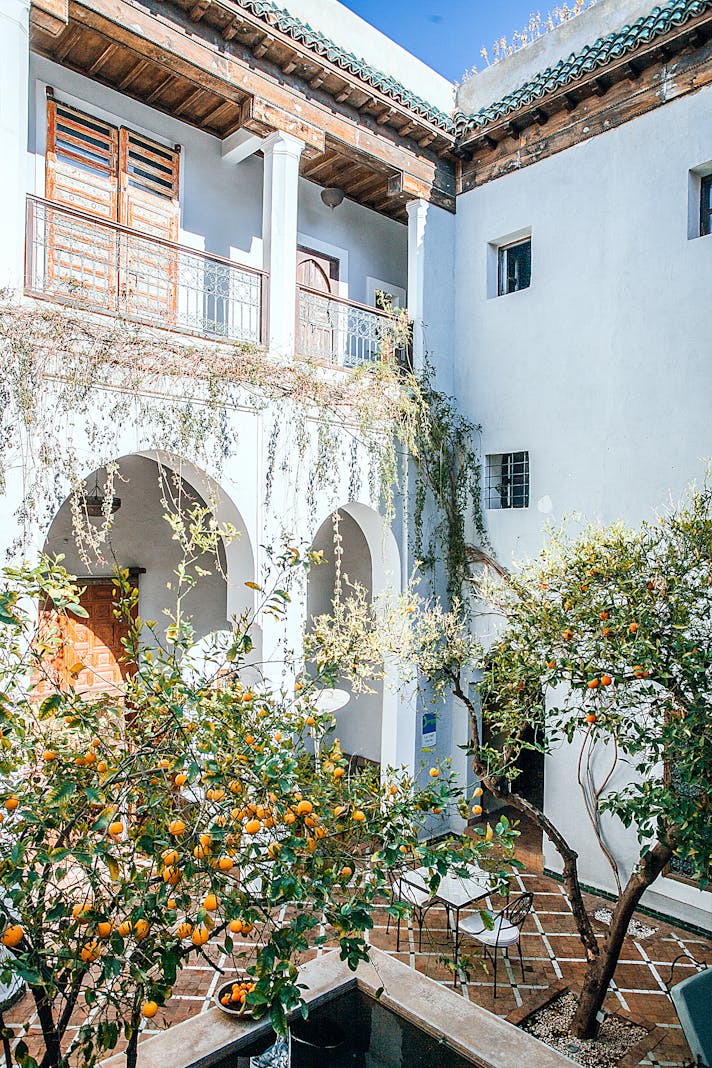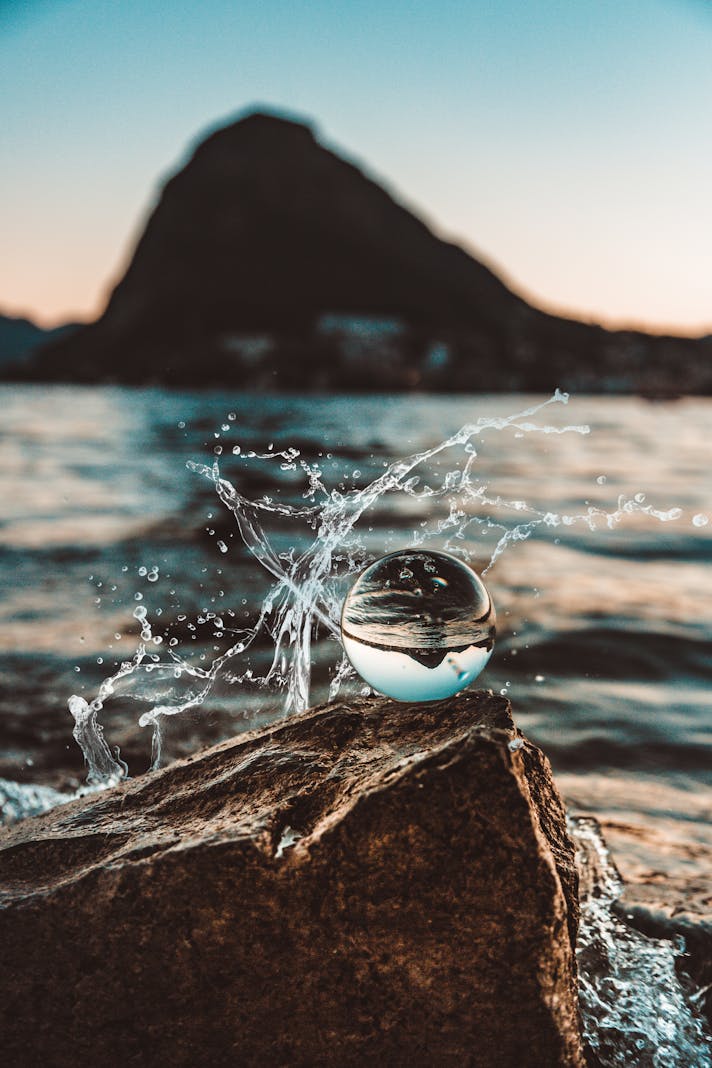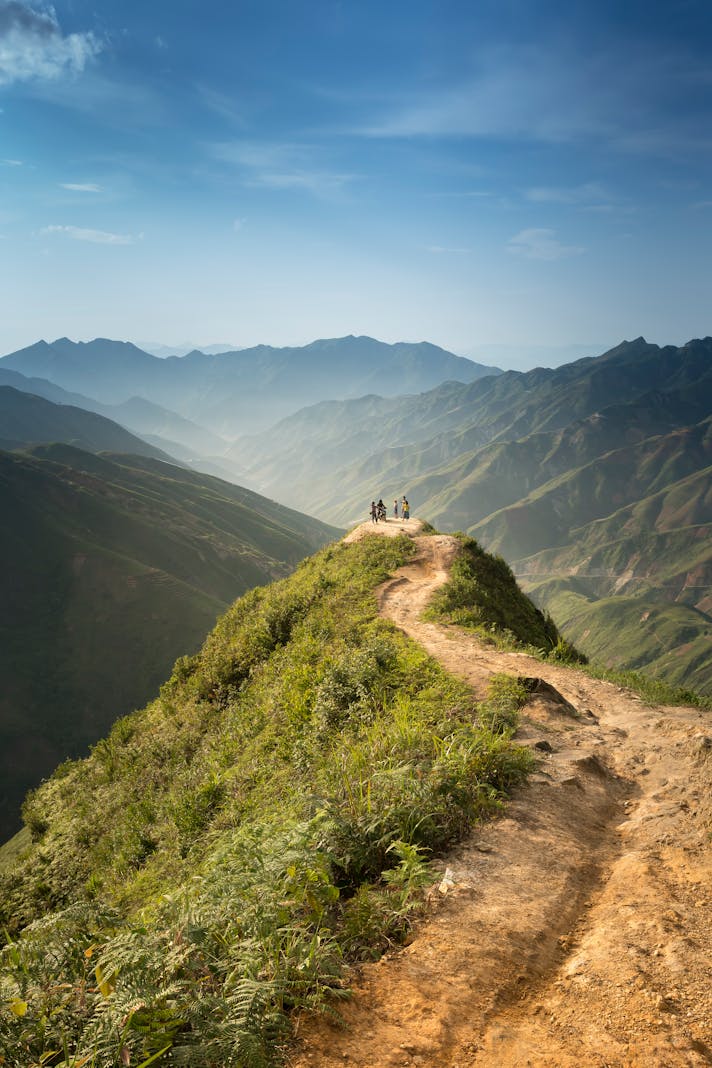The Carmel Mission

Depending on your politics, the California Mission system is either a testament to the faith of the fathers that founded it – or a shocking reminder of colonialism and genocide. Either way, a visit to a mission will spark compelling conversations about the history of the state. For those visiting the Monterey area, the San Carlos Borromeo de Carmelo Mission, located in the seaside town of Carmel, is an interesting location. Established in Carmel in 1771 by Father Junipero Serra, this mission became the headquarters for the statewide system, and the final abode of the now canonized priest, who died here in 1784.
With five museums, there is quite a bit to see. The Basilica Church is an obvious starting point, as it pays homage to the history of the California friars who colonized the state. Serra’s successor, Father Fermin Lasuen, rebuilt the church in the early 1800’s, creating the first mission church in the state to be assembled from stone rather than adobe brick. Architectural buffs will marvel at the “catenary” ceiling – composed of naturally occurring curves, it is an unusual design for California buildings of this time period. Behind the altar, the reredos, or ornamental screens, are simple but interesting, as they show the artistry and ingenuity of those far from “civilization,” creating faith-based art with the tools at hand. Roman Catholic visitors will be interested to learn that, in 1960, this church was the first California church to be declared a basilica in 1960; it was visited by Pope John Paul in 1987, two years before Father Serra was beatified (an important preliminary step in the canonization of a saint.)
Beyond the church, there are four other museums to explore. History buffs will enjoy the Munras museum, an assemblage of the household objects belonging to an early California family, as well as the Convento museum, which is dedicated to the life of Father Serra. Architecture fans will want to discover the Downie museum, an exhibit commemorating the physical history of the mission and its twentieth century restoration. The Mora gallery is famed for its cenotaph, or monument for Father Serra, sculpted from travertine marble and bronze. Depending on the timing of the visit, you may also find special exhibitions to enjoy in the various museum spaces.
Photographers will enjoy visiting this mission, as the location is aesthetically gorgeous. Beyond the sheer beauty of classic California, the architecture gives a sense of “old California” – a feeling of what the area was like centuries ago. Beyond snapshots, the mission provides many interesting photographic challenges for those wishing to spend a day playing with shifting light and architectural angles.
Visitors are given a brochure, available in several different languages, which provides a self-guided tour of the mission and its museums. Volunteer tours are also obtainable on request, although there is no set schedule. Generally, the mission is open to the public seven days a week, although visitors should be aware that this is a working church; visitors should be note that the Basilica is not open to tourism when daily masses, weddings, or funerals are scheduled. Call ahead to make sure that it is open if this is an important stop on your visit to the Mission. The visitor’s fee helps the mission with upkeep of the grounds and buildings.
3080 Rio Road, Carmel, CA. (831) 624-1271.
With five museums, there is quite a bit to see. The Basilica Church is an obvious starting point, as it pays homage to the history of the California friars who colonized the state. Serra’s successor, Father Fermin Lasuen, rebuilt the church in the early 1800’s, creating the first mission church in the state to be assembled from stone rather than adobe brick. Architectural buffs will marvel at the “catenary” ceiling – composed of naturally occurring curves, it is an unusual design for California buildings of this time period. Behind the altar, the reredos, or ornamental screens, are simple but interesting, as they show the artistry and ingenuity of those far from “civilization,” creating faith-based art with the tools at hand. Roman Catholic visitors will be interested to learn that, in 1960, this church was the first California church to be declared a basilica in 1960; it was visited by Pope John Paul in 1987, two years before Father Serra was beatified (an important preliminary step in the canonization of a saint.)
Beyond the church, there are four other museums to explore. History buffs will enjoy the Munras museum, an assemblage of the household objects belonging to an early California family, as well as the Convento museum, which is dedicated to the life of Father Serra. Architecture fans will want to discover the Downie museum, an exhibit commemorating the physical history of the mission and its twentieth century restoration. The Mora gallery is famed for its cenotaph, or monument for Father Serra, sculpted from travertine marble and bronze. Depending on the timing of the visit, you may also find special exhibitions to enjoy in the various museum spaces.
Photographers will enjoy visiting this mission, as the location is aesthetically gorgeous. Beyond the sheer beauty of classic California, the architecture gives a sense of “old California” – a feeling of what the area was like centuries ago. Beyond snapshots, the mission provides many interesting photographic challenges for those wishing to spend a day playing with shifting light and architectural angles.
Visitors are given a brochure, available in several different languages, which provides a self-guided tour of the mission and its museums. Volunteer tours are also obtainable on request, although there is no set schedule. Generally, the mission is open to the public seven days a week, although visitors should be aware that this is a working church; visitors should be note that the Basilica is not open to tourism when daily masses, weddings, or funerals are scheduled. Call ahead to make sure that it is open if this is an important stop on your visit to the Mission. The visitor’s fee helps the mission with upkeep of the grounds and buildings.
3080 Rio Road, Carmel, CA. (831) 624-1271.
You Should Also Read:
Monterey and Environs
The California Mission System
Junipero Serra Book Review

Editor's Picks Articles
Top Ten Articles
Previous Features
Site Map
Content copyright © 2023 by Korie Beth Brown, Ph.D. . All rights reserved.
This content was written by Korie Beth Brown, Ph.D. . If you wish to use this content in any manner, you need written permission. Contact Korie Beth Brown, Ph.D. for details.



